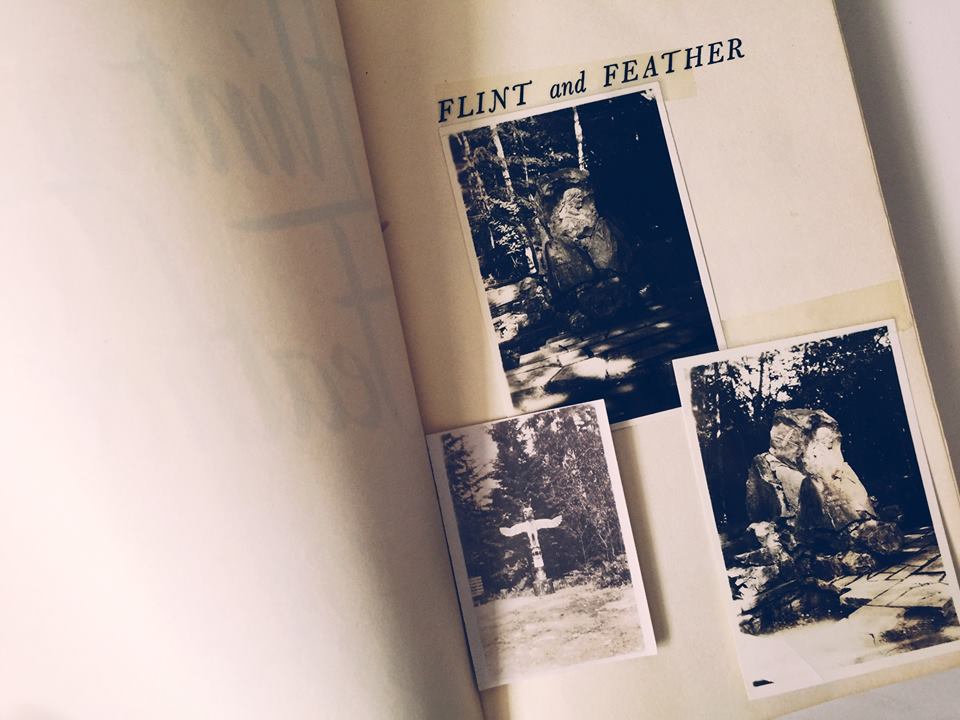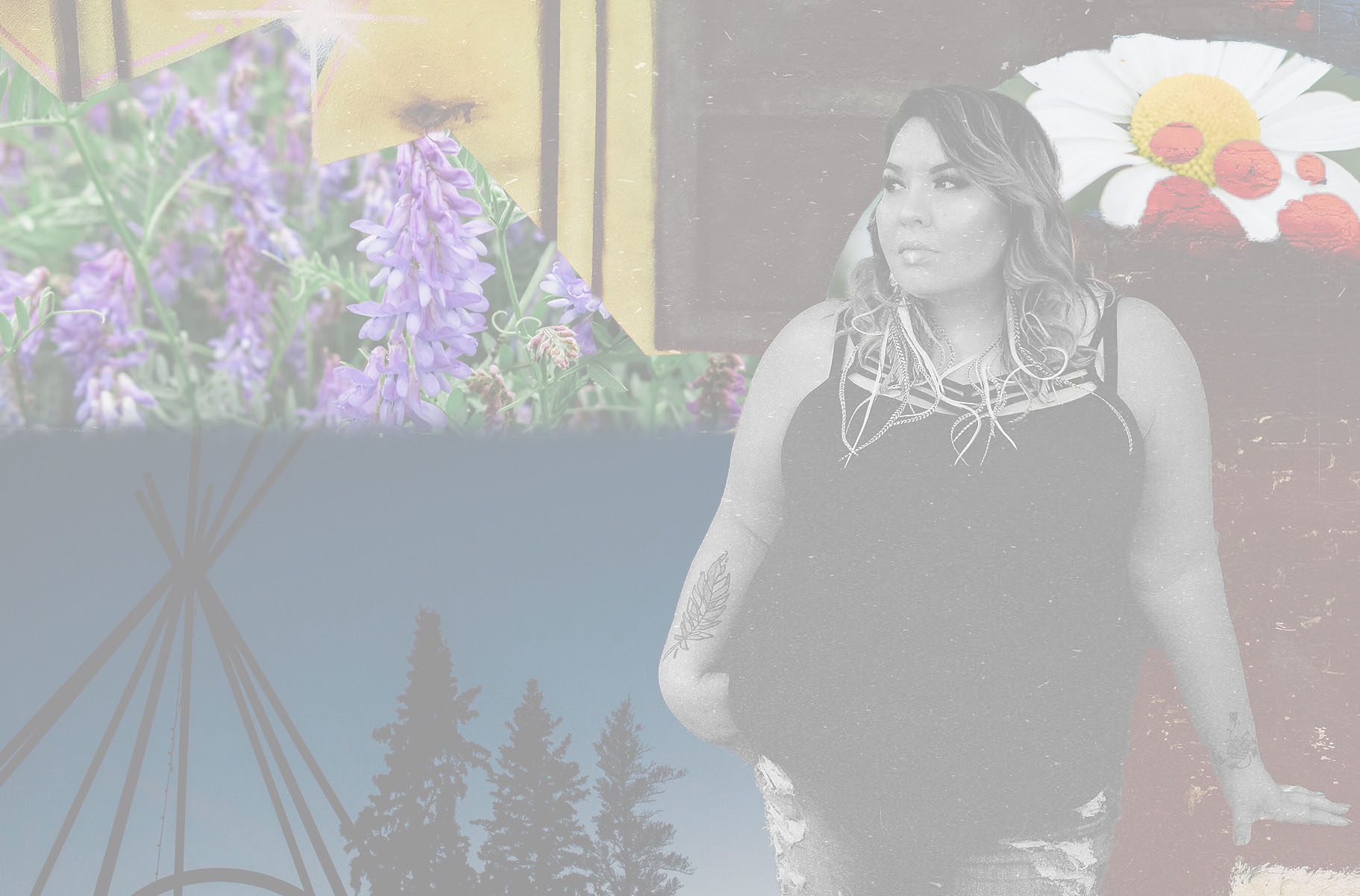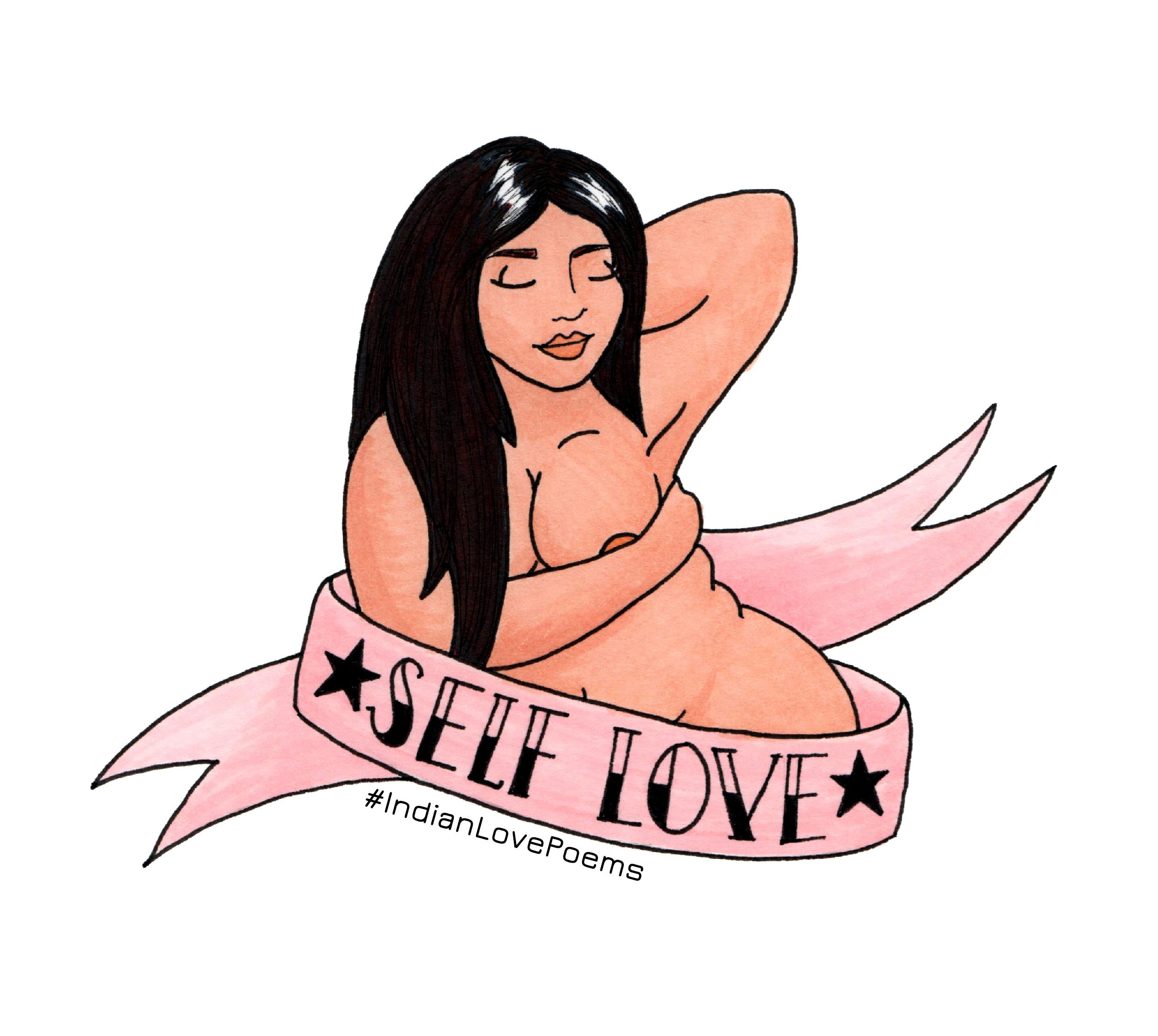
As sacrilegious as it is, I’m not a huge fan of Johnson’s in general, finding that her language choice and structure is very European and while she does delve into Indigenous issues and life at the time, she is serving and writing as a bridge – for Non-Indigenous people about Indigenous people, from an insider’s perspective. *shots fired*
The Song My Paddle Sings – p.31
I saw this poem being performed while we were at a conference in Six Nations, so very appropriate. I actually enjoyed the presentation, and hearing the poetry is always welcome, as opposed to reading it. The poem seems to be about a young woman paddling in the river, talking to nature and the river, but there are still some word choices that make me doubt that – what kind of canoe has a “sail” and “mast” – but she speaks of travel;ling long an hard. She mentions the mountains, the prairie, the currents.
The lyrical language used in describing the flow of the river is lovely – “Swirl, swirl! / How the ropes curl / In many a dangerous pool awhile!” She shows us how the careen slips through and she glides along, ending up listening to the song her paddle sings, as she paddles through the water.
Now, this is lovely little poem. I’m sure there is much going on here – Johnson originally lived in Six Nations, ON and lived out her life at Vancouver, BC so the images of mountains and plains may refer to her own journey across Canada. Again, I am confused by the language used describing her canoe, as it sounds more like a ship, but maybe that’s on purpose, a nod to her heritage that came over the sea as adventurer’s just like her? I don’t know, I’m not an expert in her era of writing, but at a glance, a poem that is both lyrical, tells a lovely story, and doesn’t really interest me further than that.
Canadian Born – p. 83
Wooowwwwwww. Okay, this is a like a very formal poem/pep rally type of poem.
The repeating stanza of “we were born in Canada beneath the British flag” actually kind of grates on me, but again, maybe this is her work of serving as a bridge between society and Indigenous, an daunting the various people of Canada under one ideal? I have no idea.
But in the first stanza, she goes gritty with “we are the pulse of Canada, its marrow and its blood: / And we, the men of Canada, can face the word and brag / That we were born in Canada beneath the British flag.” And I actually do enjoy the idea of being the base of Canada, and maybe she is referring to her own Indigenous heritage, I don’t know.
In the next part, she mentions that the men of Canada are not royal or courtly, nor are they vagabonds – but they are born beneath a British flag.Then she goes on to mention that Canada is not financially wealthy (she says money, and I think this is a deliberate attempt to say that wealth is not only measured in money, as Canada is wealthy in many other ways, but again, that may be my own idealism) nor is Canada famous, but that’s okay because we do have gold and glory in our “clean colonial name.” Finally she says other men can have their own countries, but Canada has the right to brag about the men being born beneath a British Flag.
Not my favourite, but a catchy beat, and easy to inspire. More of that bridge building, I think.
Not one to leave this be, I also searched and found this quote regarding this poem/series of poems within this book:
“Let him who is Canadian born regard these poems as written to himself—whether he be my paleface compatriot who has given to me his right hand of good fellowship, in the years I have appealed to him by pen and platform, or whether he be that dear Red brother of whatsoever tribe or Province, it matters not—White Race and Red are one if they are but Canadian born.” Source
Silhouette – p. 107
I chose this poem as I felt it strongly showed images nature, it painted it with words, and I really appreciated that mastery of language. I also chose it because it makes me question ideas of time and portrayal of Indigenous people, and really appreciate the conflict that Johnson must have went through, being a bridge of worlds.
She starts off with a skyline of “russet into blue” where the skyline is only broken up by the “smoke curls” of a Sioux tepee. And in the tepee, out comes a “gaunt and lean, /[a]nd shadow-like, there stands an Indian Chief.” She then speaks of how his eyes which are now not gleaming, and “[h]e looks towards the empty west, to see / [t]he never-coming her of buffalo.” Instead he sees bleached bones laying upon the plains, and nothing else for him remains.
Legit, there are problems here – the “vanishing Indian” is present, that romanticized notion. The idea of a dying breed of Indians, that we can only survive on the buffalo. The perpetuation of a tepee in the horizon, the day ending/sun setting on a dying breed.
I understand that she is using this strong visual idea to showcase the waste that the white hunting parties had left upon the Prairie lands, and trying to use gentrified language to appeal to the common sense of a different people, but I still think it’s pandering to her audience.
That all being said, I felt this was a strong poem with a clear directive, clear images, and beautiful imagery that contrasted greatly with the visuals of dead skeletons and a haunted Chief. Beautiful, but sad.
buy the book: Flint and Feather, Pauline Johnson


